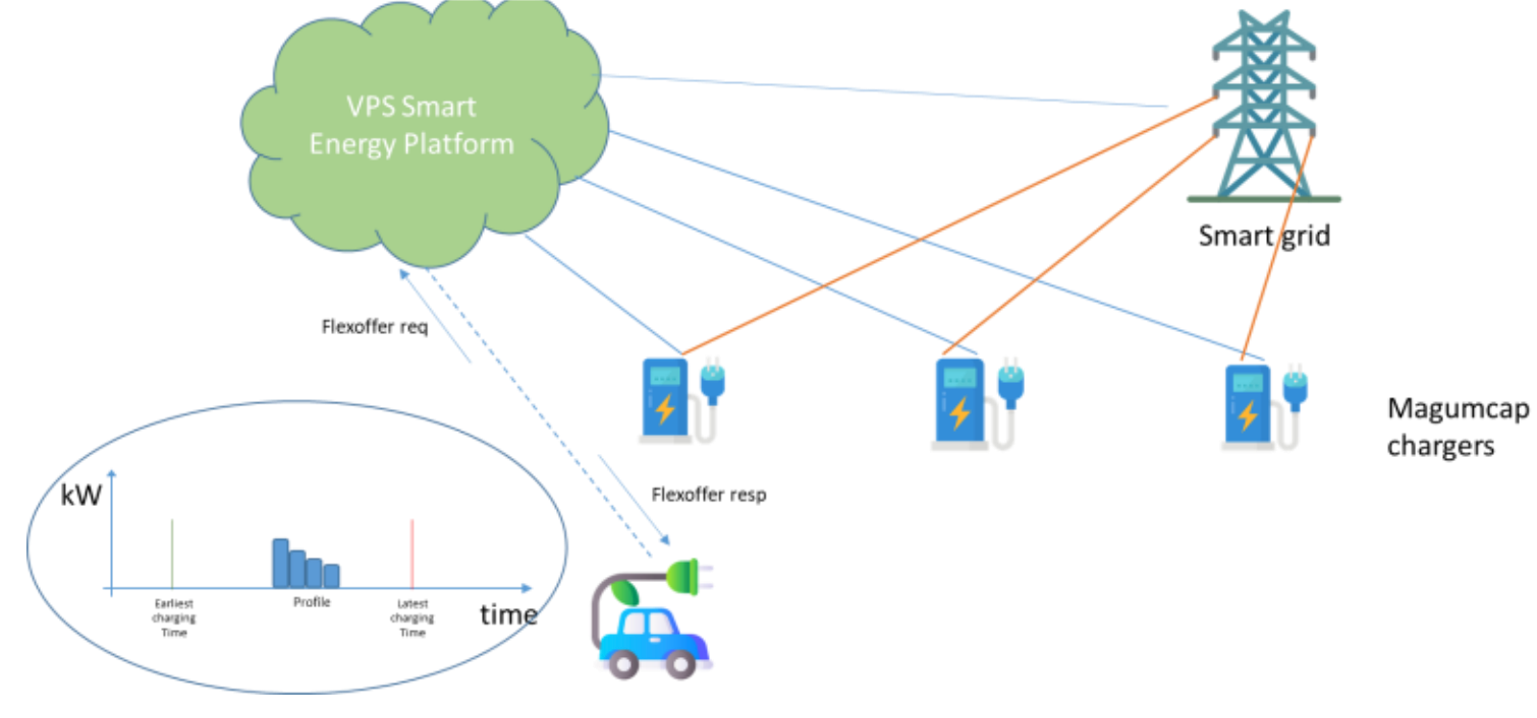Demos
- Home
- Demos
About our demos
.
Demo 1 introduces an innovative approach to enhancing ESS and EV performance by integrating a smart Battery Management System (BMS) with a multi-level converter (MLC) to achieve active battery balancing. This demonstration leverages Hardware-in-the-Loop (HiL) testing in ACD’s battery laboratory in Gebze, Türkiye, to validate the system under realistic operating conditions.
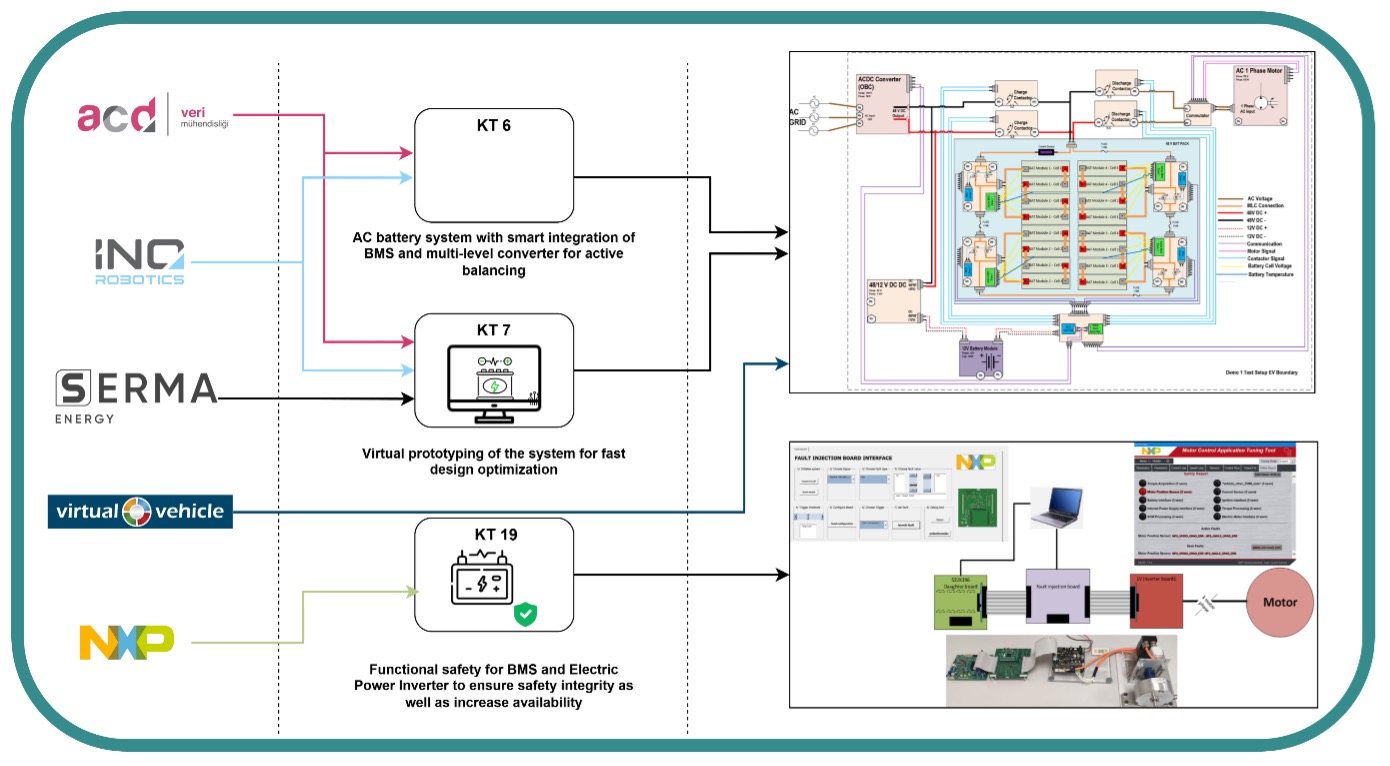
Validation of the Effectiveness of the OPEVA: (i) Energy-efficient drivetrain, (ii) Accurate range prediction and (iii) Efficient charging technologies.
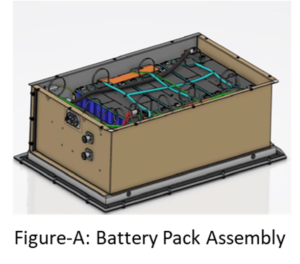
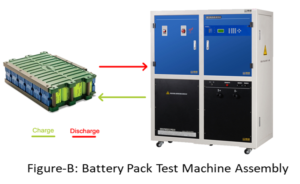
Demo 3 focuses on innovative sensing strategies for battery monitoring, which includes wireless custom sensors for temperature and pressure, and integrated impedance sensors.
The demonstrator consists of two main parts:
1- Integration of a new sensors in a small module called CMU (Cell Management Unit) for calculating the cell impedance
2- Integration of wireless sensors on battery pack
.
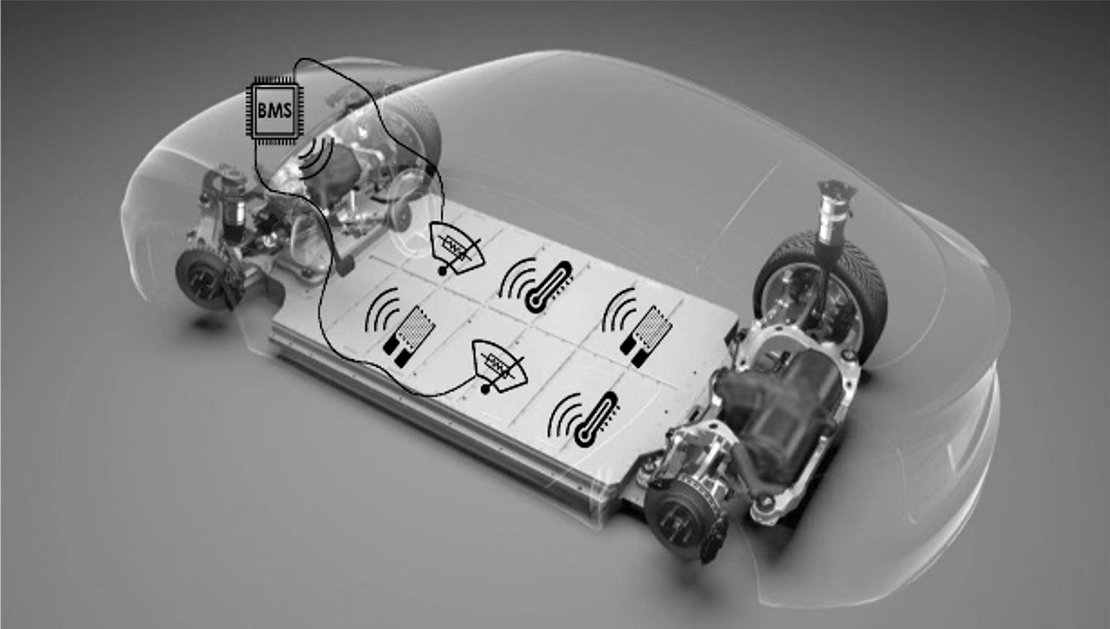
Demo 4 will demonstrate and validate the effectiveness of the OPEVA key technologies related to enhancement of accurate range prediction, energy-efficient operation and dynamic routing and reliability. .
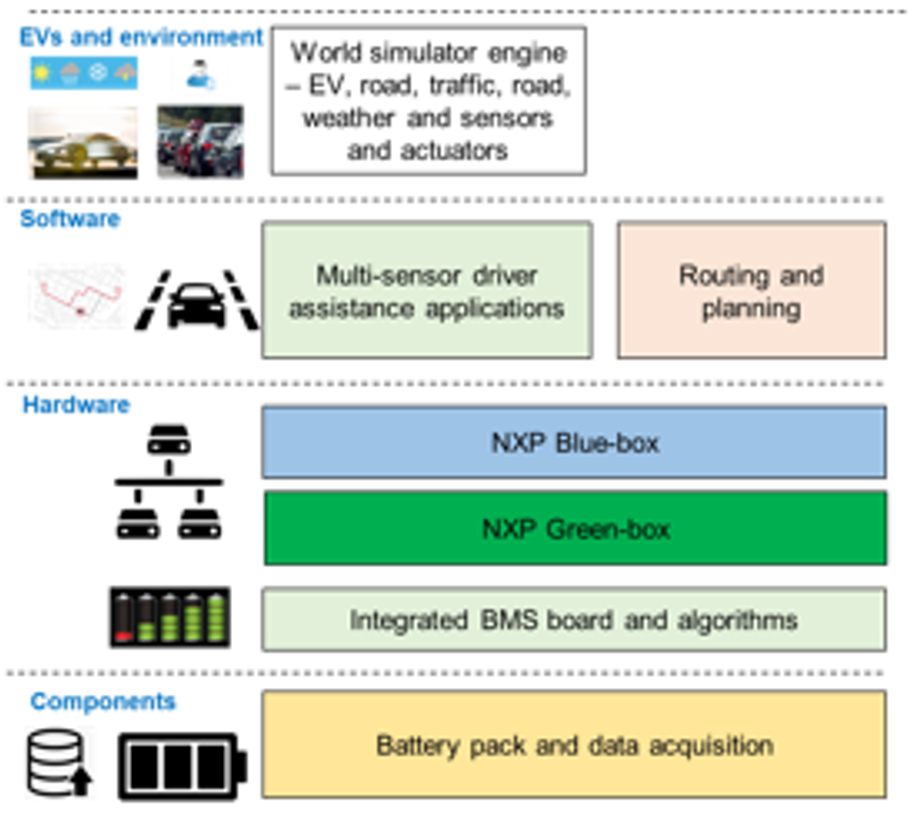
Demo #5’s objective is to propose an energy efficient route planning of EVs for last-mile delivery services. In detail, it offers an advanced EV route planning solution to enhance energy efficiency in last-mile deliveries by integrating internal and external data for dynamic routing. By simulating scenarios with EV fleets, it demonstrates the benefits of the technology to promote wider EV adoption. This serves as a roadmap for future projects, supporting EVs as a sustainable alternative in urban delivery operations.
The implementation architecture given in the next Figure is designed for testing the efficiency and integration of routing services for various dimensions. The cloud platform is designed to implement fleet management software and route optimization algorithms. Information of EV fleets are collected through an IoT Middleware. Then, the resulting routes are also transferred to the EVs using the IoT Middleware. Simulation of Urban MObility (SUMO) is also integrated to the system for verification of optimization results a-priori to field implementations. Both real EVs and those in SUMO are tracked on the digital twin of the system. Then, the Edge-AI on the EVs can calculate SoC and SoH additionally to BMS in L5 EVs. All the information are sent to the cloud through the IoT Middleware.
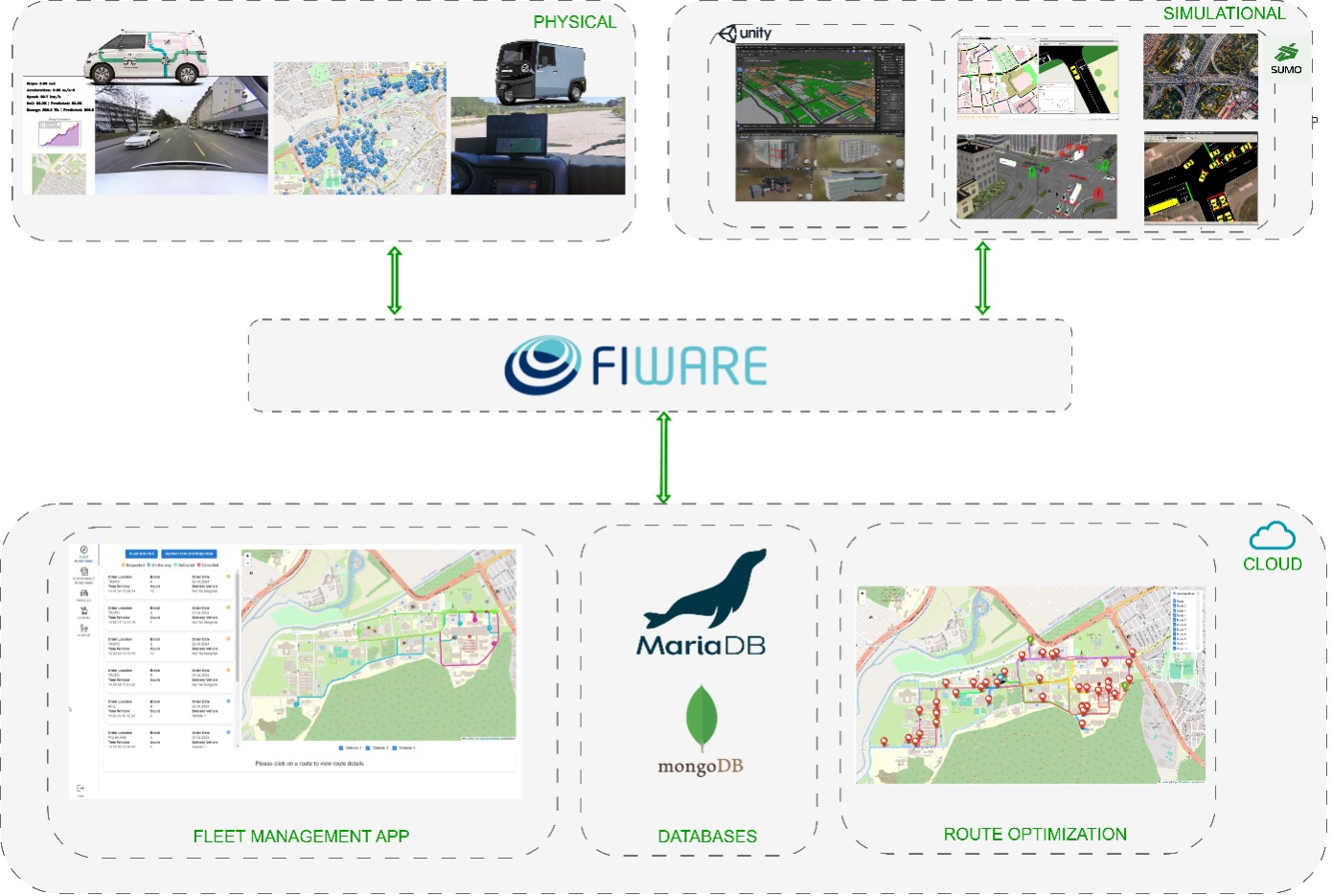
Figure 1. Demo 5 test architecture for implementation.
The route optimization is also tested for missions of autonomous delivery solutions in last mile delivery (as shown in Figure 2). LOXO’s advanced autonomous vehicle technology with its logistic partner extensive logistics expertise, the project redefines last- and middle-mile delivery processes (as shown in Figure 3). Through the OPEVA project, the necessary groundwork, including data collection, simulation, and the training of the LOXOFuser—a critical element of LOXO’s autonomous driving software—will be laid.

Figure 2. Route optimization.
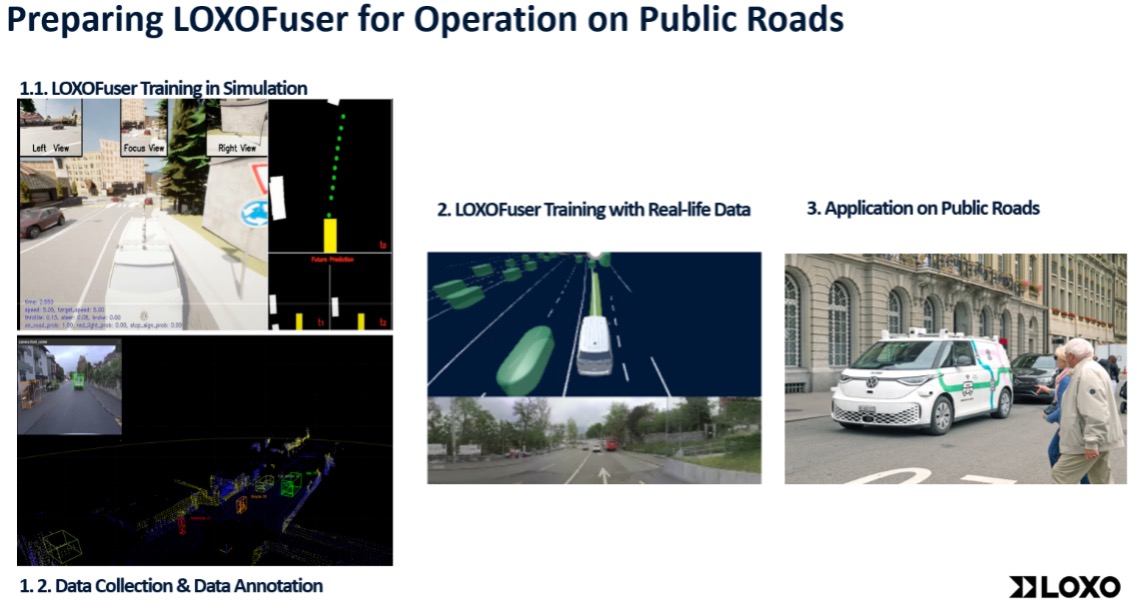
Figure 3. OPEVA autonomous delivery.
Demo 6 & 8 focuses on integrating inductive wireless charging with Battery Management Systems (BMS) and power electronics for electric vehicles (EVs). The project aims to develop an efficient, GaN-based IoT-enabled surface inductive charging system, ensuring secure and trustworthy wireless power transfer.
Demo 6 & 8 have been merged to advance wireless EV charging by integrating five key technologies (KTs) across a layered infrastructure consisting of seven building blocks (BBs). The following key technologies play a crucial role:
- KT2: Smart eco-charging management
- KT12: Cloud platform for fleet and charging data sharing
- KT10: Holistic security for EVs and charging infrastructure
- KT16: Inductive charging & communication between the vehicle and grid
- KT20: Secure proximity control for safe charging
The system follows a Vehicle-to-Cloud (V2C) and Infrastructure-to-Cloud (I2C) approach, ensuring seamless data exchange between EVs, cloud platforms (OPEVA Main Cloud Framework) enabling a digital twin approach, and the charging infrastructure. The framework visualizes on-board charging data, security modules, and cryptographic operations.
Demo 6&8 progress is on the way to meeting the following main objectives of the project:
- Objective 4: Reducing peak loads on the electric grid
- Objective 5: Improving energy control efficiency
By applying a methodology that follows a multi-layered architecture. This architecture integrates the following Building Blocks:
- BB1 – Cloud architecture, IoT-based data acquisition, monitoring and communication framework
- BB2 – IoT-enabled Wireless (Inductive) Charging
- BB3 – Standalone Battery Management System
- BB4 – AI/ML-based SOX estimation of Battery RUL with vibration data
- BB5 – Secure Proximity Control
- BB6 – HW-based Cyber-resilience as a Service
- BB7 – Centralized TPM-based Identity Management
These BBs will be tested on real settings as the studies are ongoing in close coordination with OEMs (i.e., Musoshi EV).
A high volume of EV batteries reaches their first end of life every year when they resume their 70-80% state of health (SoH). At this juncture, EV manufacturers face three options for the used batteries: recycling, disposing, or reusing them in their second life. Reutilization of EV batteries in their second life provides the most economical and environmental-friendly option for EV manufacturers. In demonstration 7, we propose using second-life batteries as an energy storage solution (ESS) in an EV charger station with photovoltaic panels and a utility grid connection. The system supports AC/DC charging of two EVs simultaneously. The energy management controller (EMS) manages the AC/DC conversion for DC charging of battery modules and AC charging of EVs via the power grid. The battery management system (BMS) manages second-life LiFePO4 (LFP) battery modules with varying capacities.
The system’s primary components include the second-life battery modules, the energy management system (EMS) and the battery management system (BMS), power utility grid connection and solar photovoltaic cells, AC/DC charging units, and data provisioning. The demonstration aims to reduce the cost of EV Charger, prolong the life of LFP batteries and improve energy efficiency.
ORTEM has been working in collaboration with AI4Sec for AI / ML algorithm development for SoC/SoH estimation on BMS of the EV charger station. We are also cooperating with CERTX on both the analysis and implementation of functional safety measures. This partnership involves a comprehensive review of the architecture, technical specification, hazard analysis and risk assessment, and derive safety goals.
The proposed system aims to reduce charging station expenses, enhance energy efficiency, and prolong the range and lifespan of the battery. The widespread adoption of second-life batteries will bolster driver confidence, lower EV costs, foster greater acceptance of electric vehicles, and contribute to the EU’s carbon neutrality initiatives.
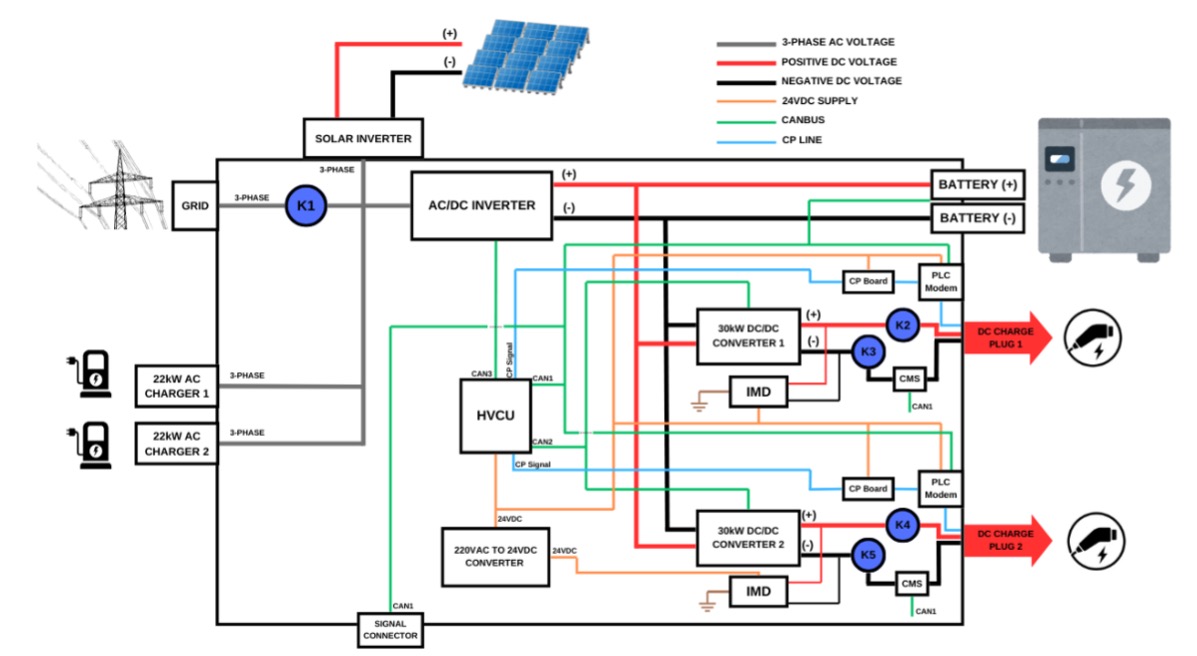
Figure 1: Demonstration 7 Architecture
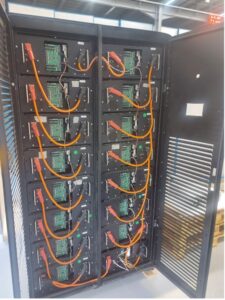
Figure 2: Second-life Battery Pack System

